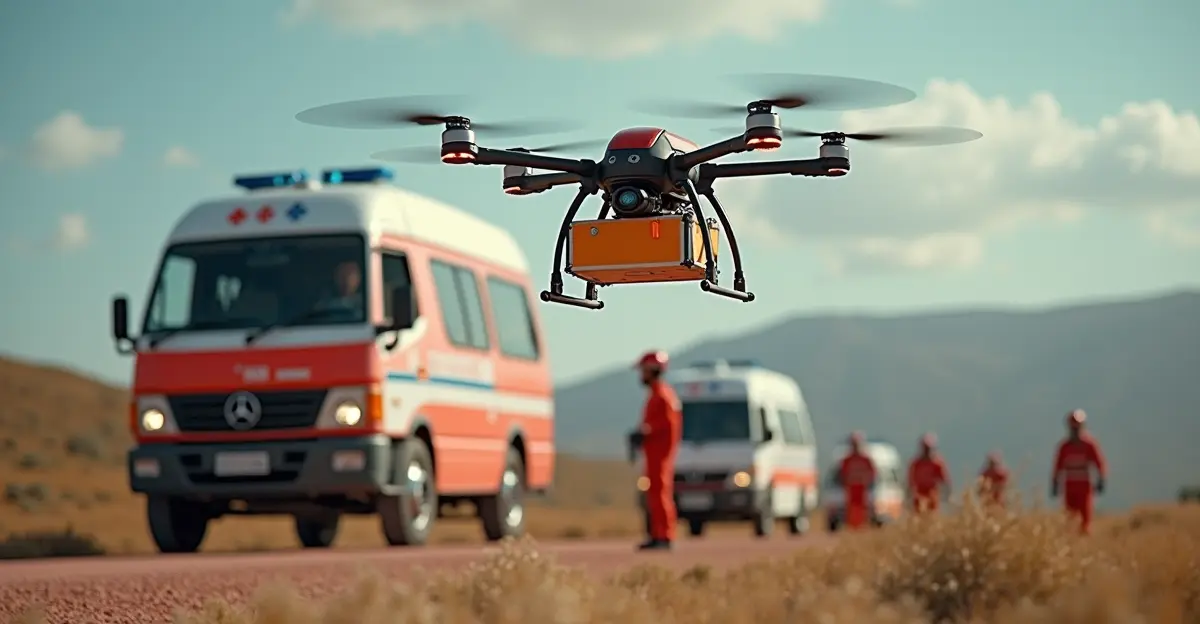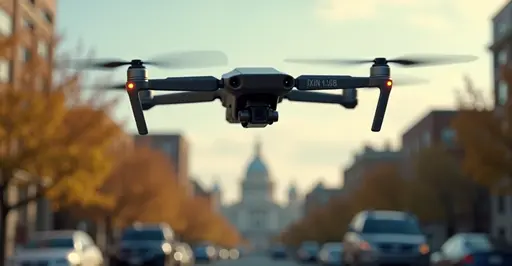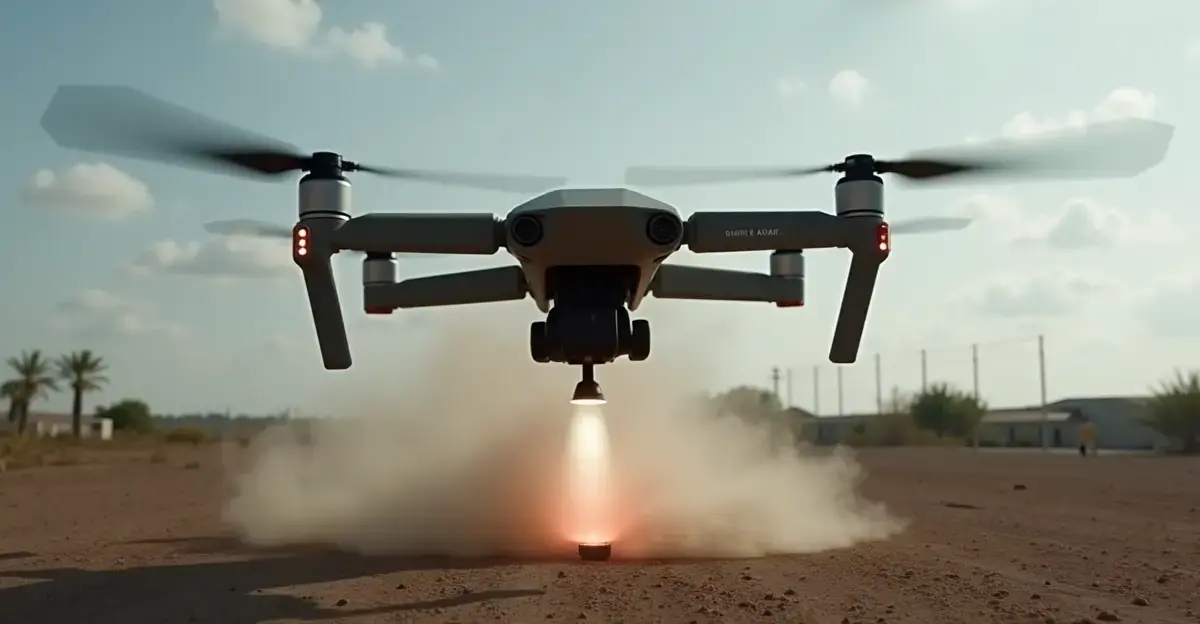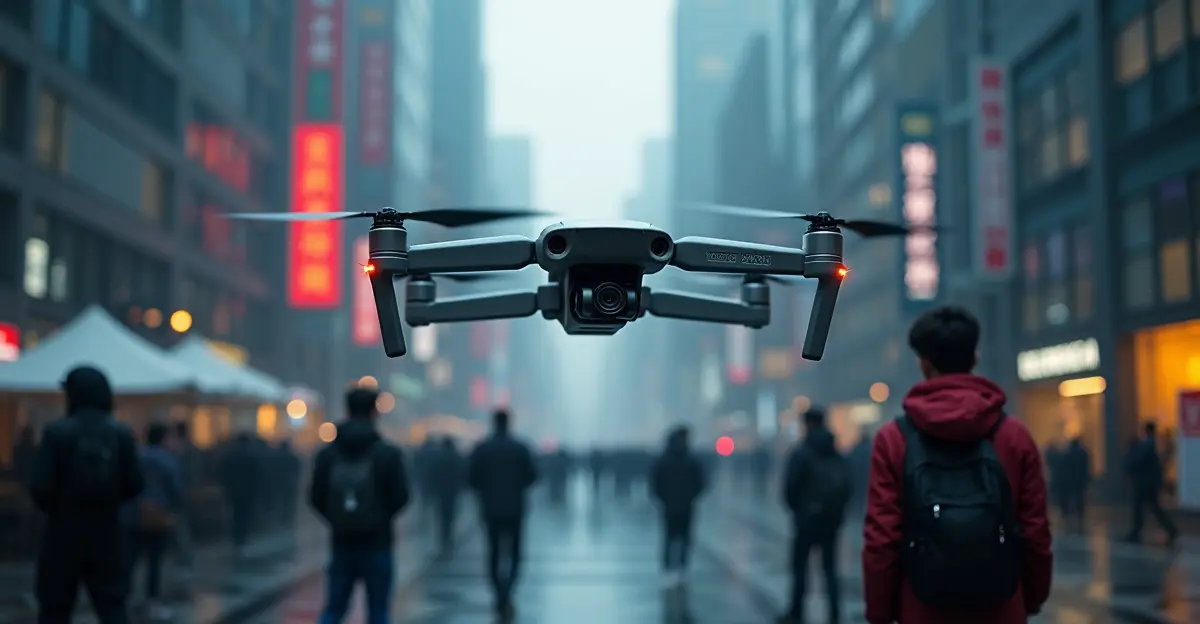Drone ambulances are transforming emergency medical response by delivering life-saving kits faster than traditional vehicles, particularly benefiting rural areas and time-critical emergencies.

The Future of Emergency Medicine Takes Flight
In a groundbreaking development that could transform emergency medical services worldwide, drone ambulances are now delivering life-saving medical kits to emergency scenes faster than traditional ground vehicles. This innovative approach is particularly crucial in time-sensitive situations where every second counts.
How Drone Ambulances Work
These specialized drones are equipped with advanced navigation systems and can operate Beyond Visual Line of Sight (BVLOS), allowing them to reach emergency locations within minutes. They carry essential medical supplies including Automated External Defibrillators (AEDs), trauma kits, emergency medications, and even blood products in temperature-controlled compartments.
"The ability to get critical medical supplies to a patient within 3-5 minutes instead of 10-15 minutes can mean the difference between life and death," says Dr. Sarah Chen, an emergency medicine specialist at Johns Hopkins Hospital. "For cardiac arrests, strokes, and severe trauma, this technology is truly revolutionary."
Global Implementation and Success Stories
Companies like Zipline International have been at the forefront of this technology, having completed over one million commercial deliveries across multiple countries including Rwanda, Ghana, and the United States. In Rwanda, more than 75% of blood deliveries outside the capital city Kigali are now handled by drones.
The technology has proven particularly valuable in rural and remote areas where traditional emergency services face significant logistical challenges. "We've seen response times cut by up to 80% in some regions," notes Michael Rodriguez, Director of Emergency Services Innovation at the World Health Organization.
Regulatory Progress and Future Expansion
Regulatory bodies including the FAA in the United States have been working to create frameworks that allow for safe integration of medical delivery drones into national airspace. In 2024, several countries updated their aviation regulations to accommodate Beyond Visual Line of Sight operations for emergency medical services.
Looking ahead, developers are working on next-generation drones capable of carrying heavier payloads and equipped with telemedicine capabilities, allowing remote physicians to guide bystanders through emergency procedures via live video feeds.
"This isn't just about delivering supplies - it's about creating a distributed emergency response network that can reach anyone, anywhere, at any time," explains tech entrepreneur and Zipline co-founder Keller Rinaudo.

 Nederlands
Nederlands English
English Français
Français Deutsch
Deutsch Español
Español Português
Português






